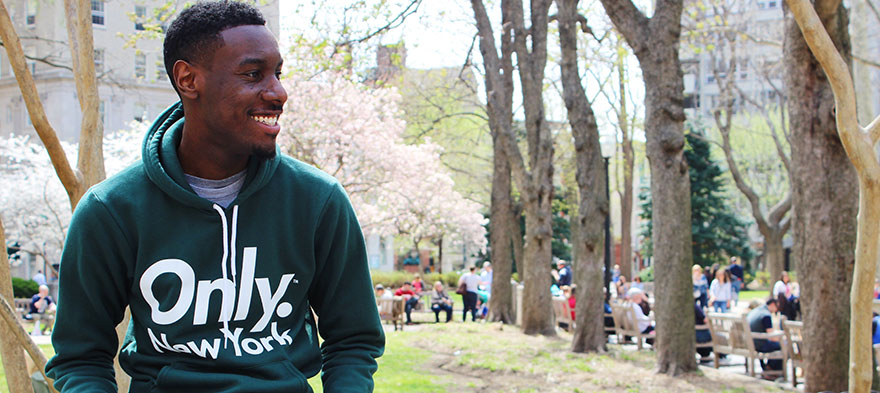
Jan 11, 2017 12:00:00 AM
by Alina Adams
...evidence suggests that Georgia’s program has widened the gap in college attendance between Blacks and Whites and between those from low- and high-income families. Wait a minute. So a free tuition plan, instead of helping low-income and minority students, actually left them further behind? Yes.
Alina Adams is a New York City mom of three school-age children and a New York Times best-selling author of soap-opera tie-ins, figure-skating mysteries and romance novels. She is a contributing writer to TODAY Show Parenting, Mommy Poppins, BlogHer, Red Tricycle, Café Mom and Kveller. After going through the New York City school application process with her own children and realizing just how convoluted, Draconian and needlessly complex it was, Alina resolved to help make all parents aware of all their school choices—and how to get them—via her books, “Getting Into NYC Kindergarten” and “Getting Into NYC High-School,” as well as her podcast, “NYC School Secrets: Parents Helping Parents.”
The story you tell yourself about your own math ability tends to become true. This isn’t some Oprah aphorism about attracting what you want from the universe. Well, I guess it kind of is, but...
If you have a child with disabilities, you’re not alone: According to the latest data, over 7 million American schoolchildren — 14% of all students ages 3-21 — are classified as eligible for special...
The fight for educational equity has never been just about schools. The real North Star for this work is providing opportunities for each child to thrive into adulthood. This means that our advocacy...
Your donations support the voices who challenge decision makers to provide the learning opportunities all children need to thrive.
Ed Post is the flagship website platform of brightbeam, a 501(c3) network of education activists and influencers demanding a better education and a brighter future for every child.
© 2020–2024 brightbeam. All rights reserved.
Leave a Comment